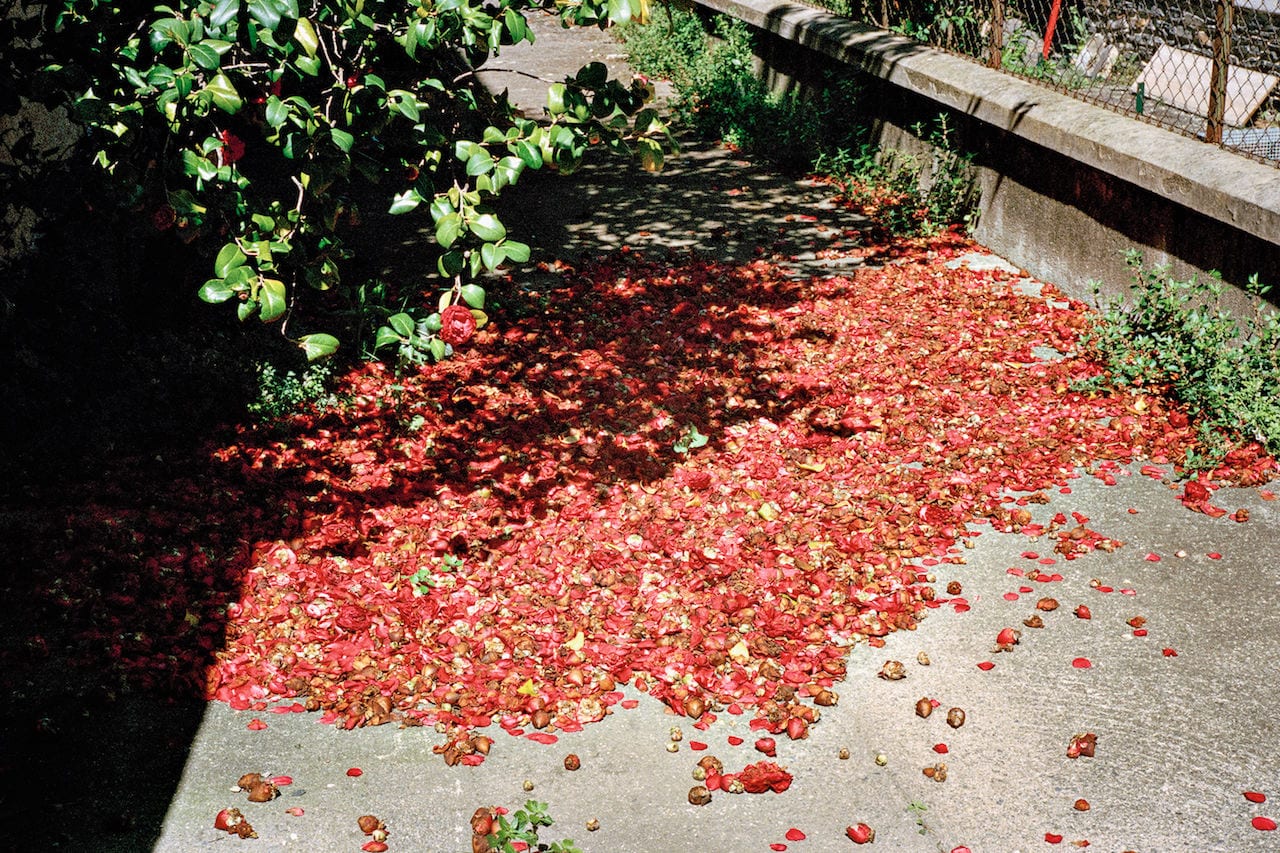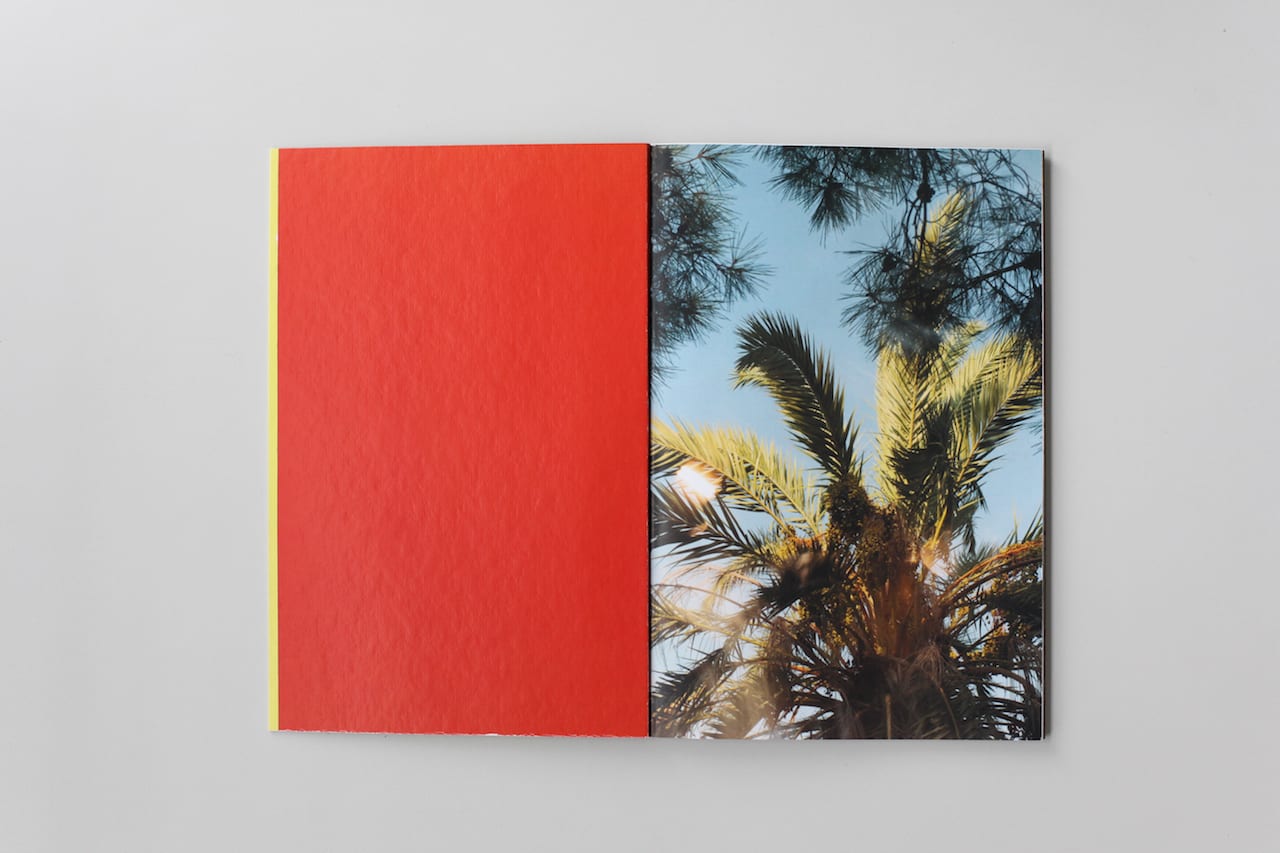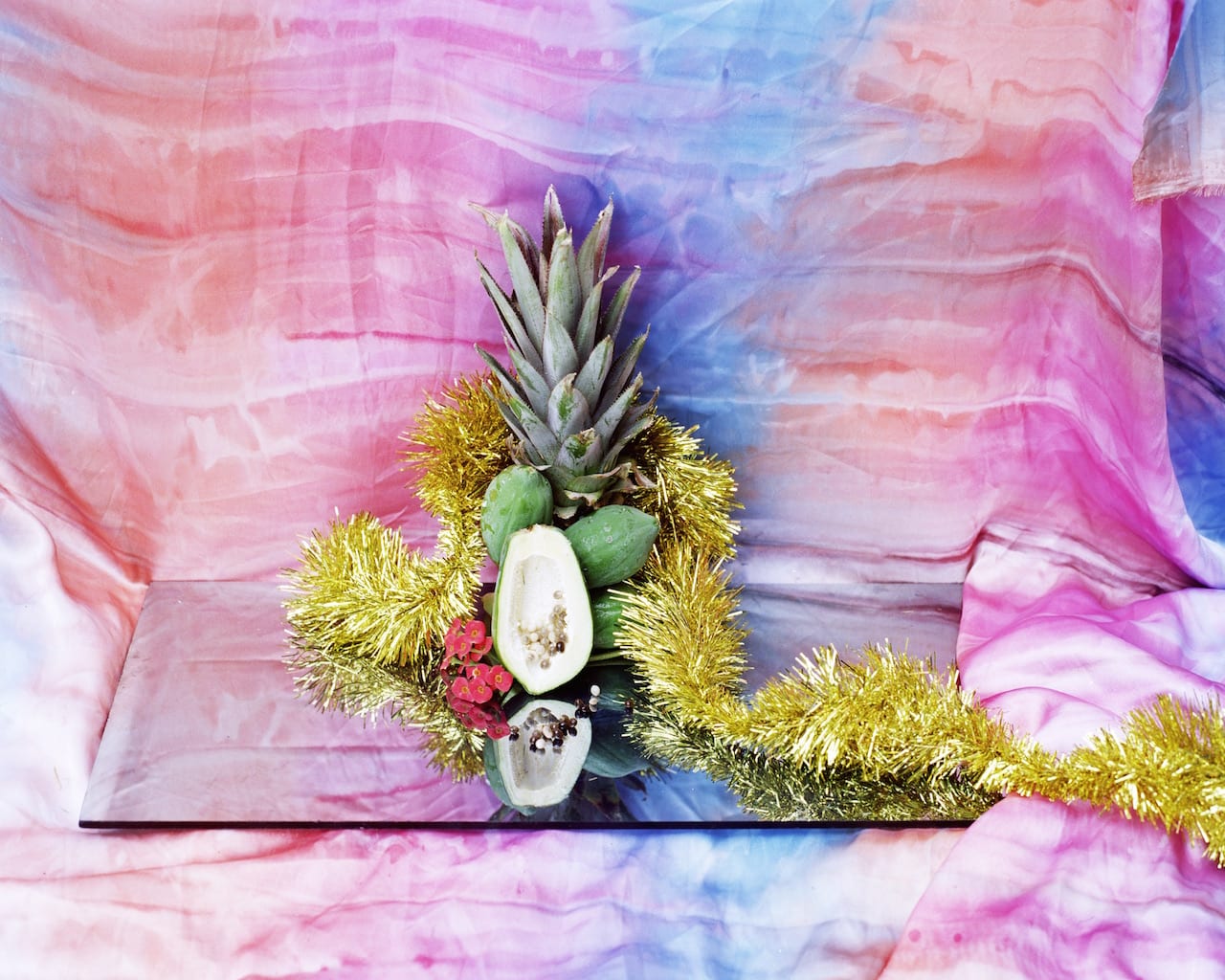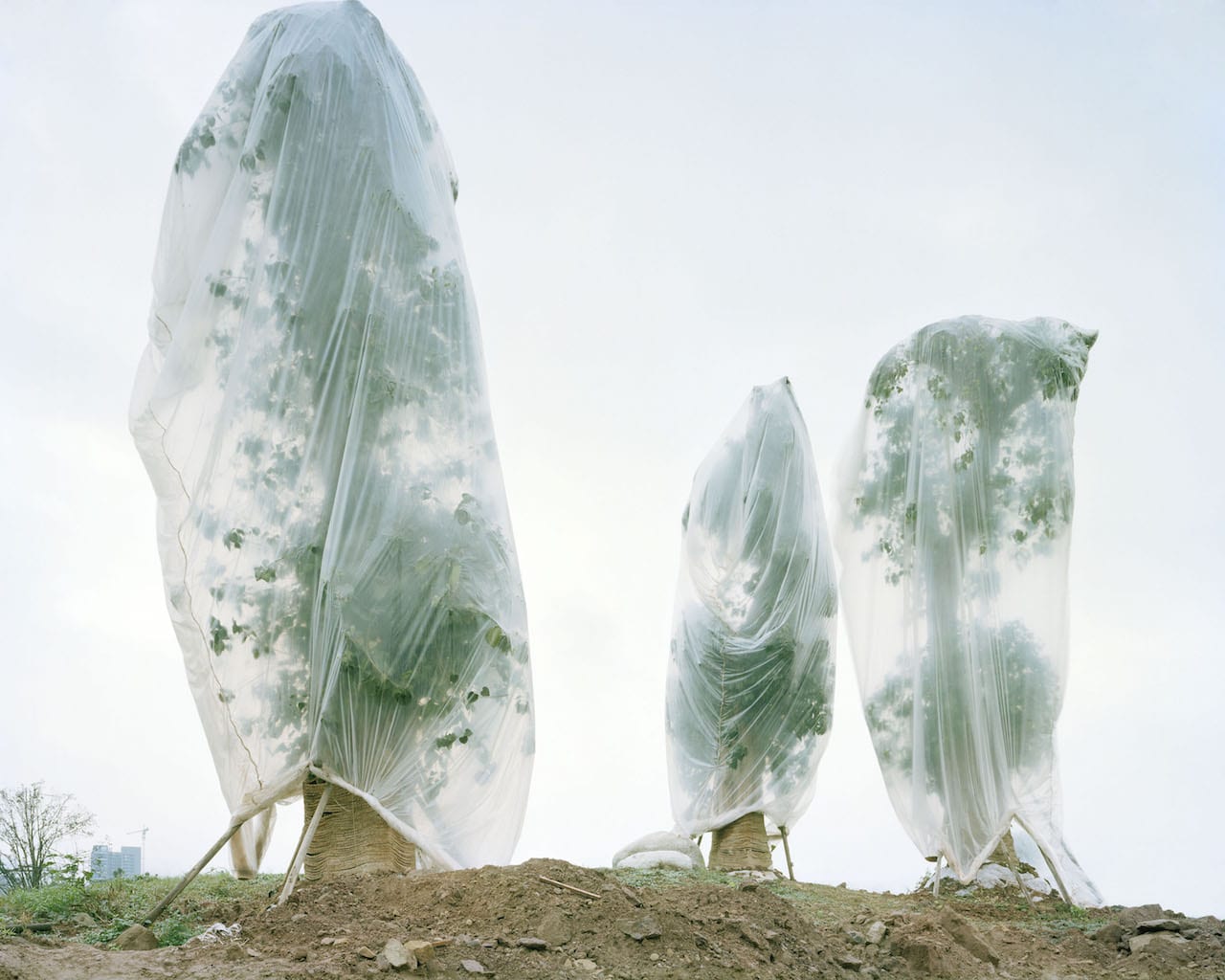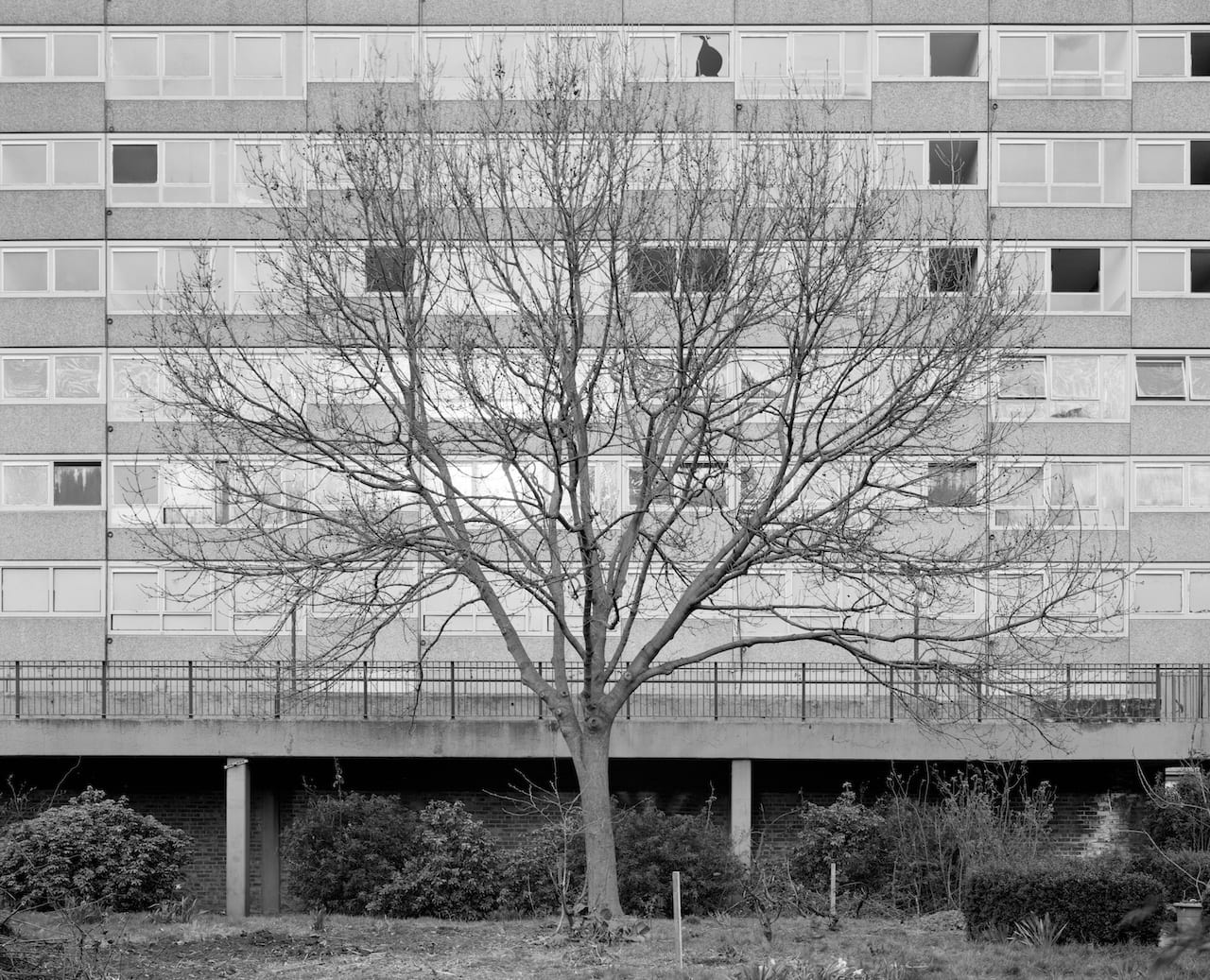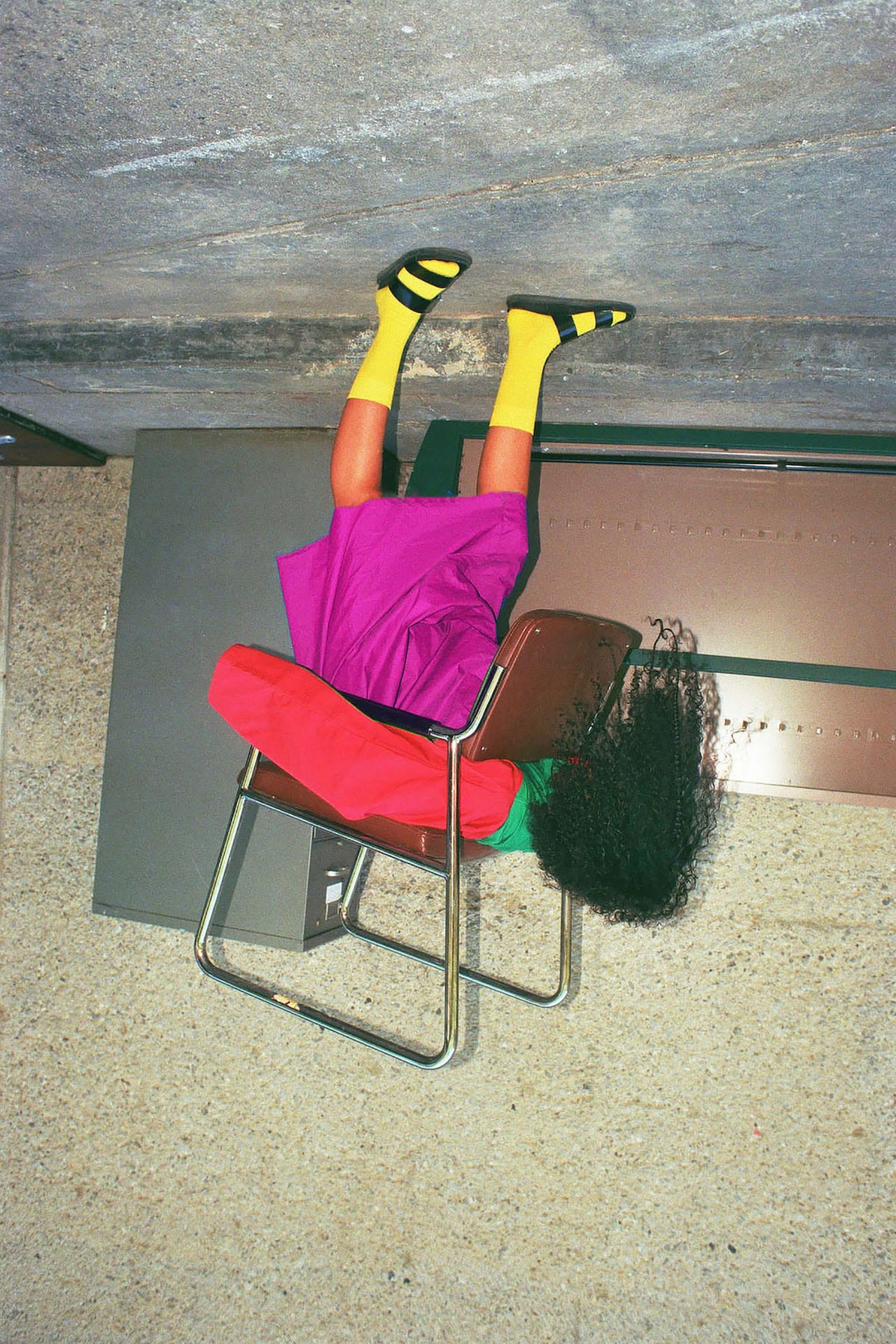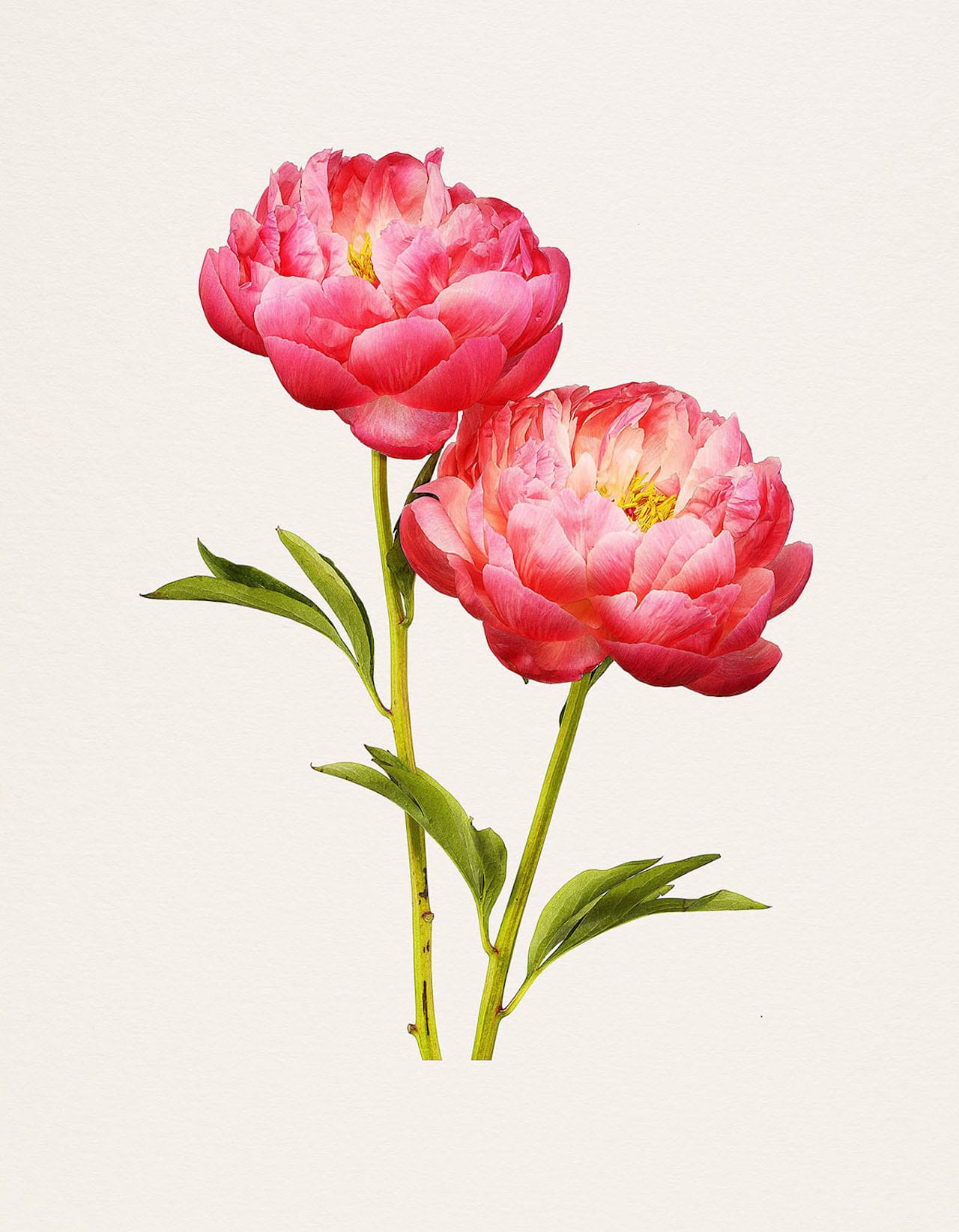In classical music, ‘impromptu’ refers to a short improvised piece, performed spontaneously with little or no preparation. Géraldine Lay’s new book, Impromptus, is a visual take on the term, aiming “not to tell a story about the place or the country, but to be out of time”.
Lay first encountered photography during her course in History of Art at the University of Lyon; studying the history of the medium, she was bitten by the photography bug, and went on to study at the National Photography School. She graduated in 1997, and is now based in Arles.
“Initially, my practice was part of my daily life, I had no preconceived ideas or strict subject,” says Lay. “I got into the habit of always having a camera with me, to take advantage of all the little moments of life.”

